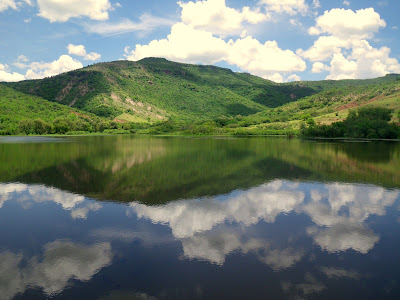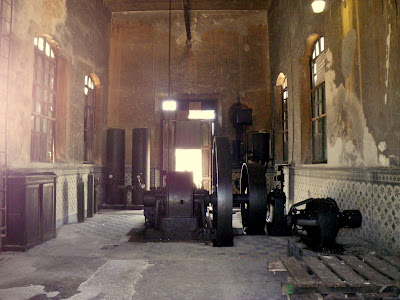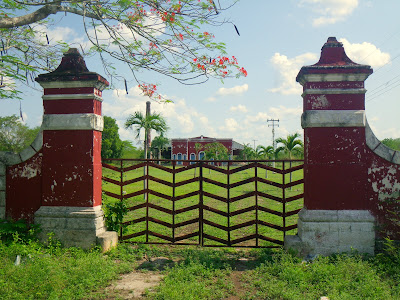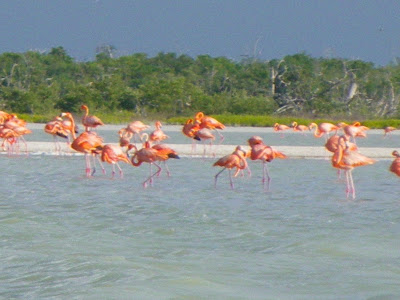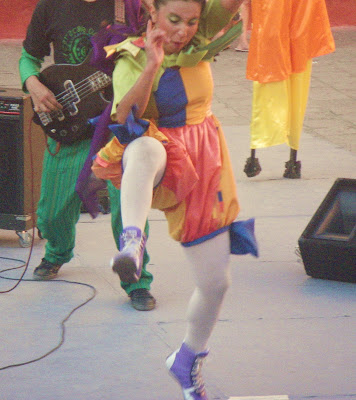Today a very large pirúl tree was cut down at Hacienda Luna next to where we live. It had grown so large that it was threatening to push a massive stone wall over and endanger the adjacent house.
Finally they brought in a chain saw to clean up and cut the very large sections in small enough pieces to carry out.
Pirúl or Peruvian Pepper (Schinus molle) is an evergreen tree that grows to 50 feet (15 meters). It is native to the Peruvian Andes, but grows wild all over Mexico. The bright pink fruits or peppercorns are used in treating a variety of wounds and infections due to their antibacterial and antiseptic properties.
In Guanajuato there is a traditional drink made from the peppercorns. I have made a quite tasty aeoli by using the peppercorns crushed dry in a blender and then incorporated in my regular garlic aeoli recipe.
Notice as you view the pictures that the young man cutting this huge pepper tree is using only a machete and a small ax/hatchet. He started at the top of the tree and he cut the tree down small piece by piece. And, he does not have any kind of safety rope or belt to grab him if there is a problem - balance, wind, tree splitting, etc. I could clearly see the poor condition of the badly frayed polyethylene ropes that were being very skillfully used to swing the tree parts away from the house. Also notice how high he is above the concrete basketball court below. It must be 50-60 feet from the section he was cutting in these pictures down to the court.
Finally they brought in a chain saw to clean up and cut the very large sections in small enough pieces to carry out.
About Pirúl
Pirúl or Peruvian Pepper (Schinus molle) is an evergreen tree that grows to 50 feet (15 meters). It is native to the Peruvian Andes, but grows wild all over Mexico. The bright pink fruits or peppercorns are used in treating a variety of wounds and infections due to their antibacterial and antiseptic properties.
In Guanajuato there is a traditional drink made from the peppercorns. I have made a quite tasty aeoli by using the peppercorns crushed dry in a blender and then incorporated in my regular garlic aeoli recipe.



